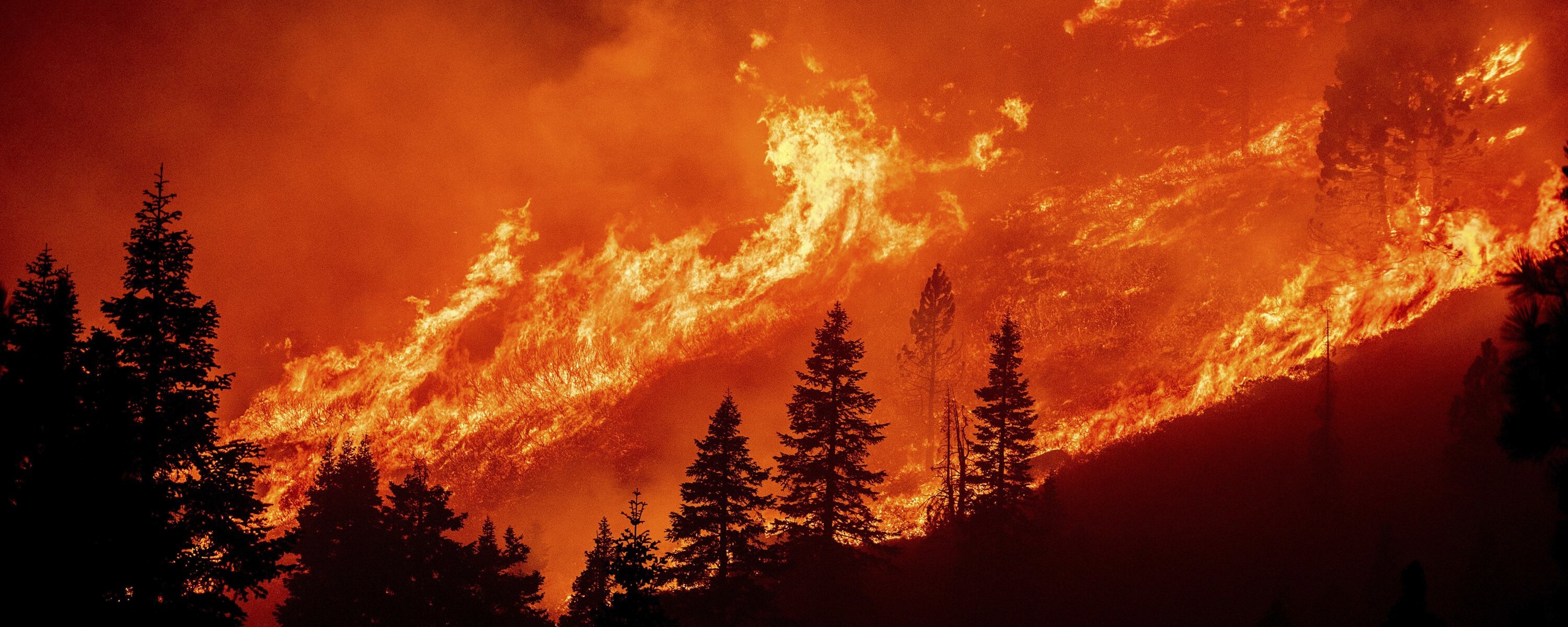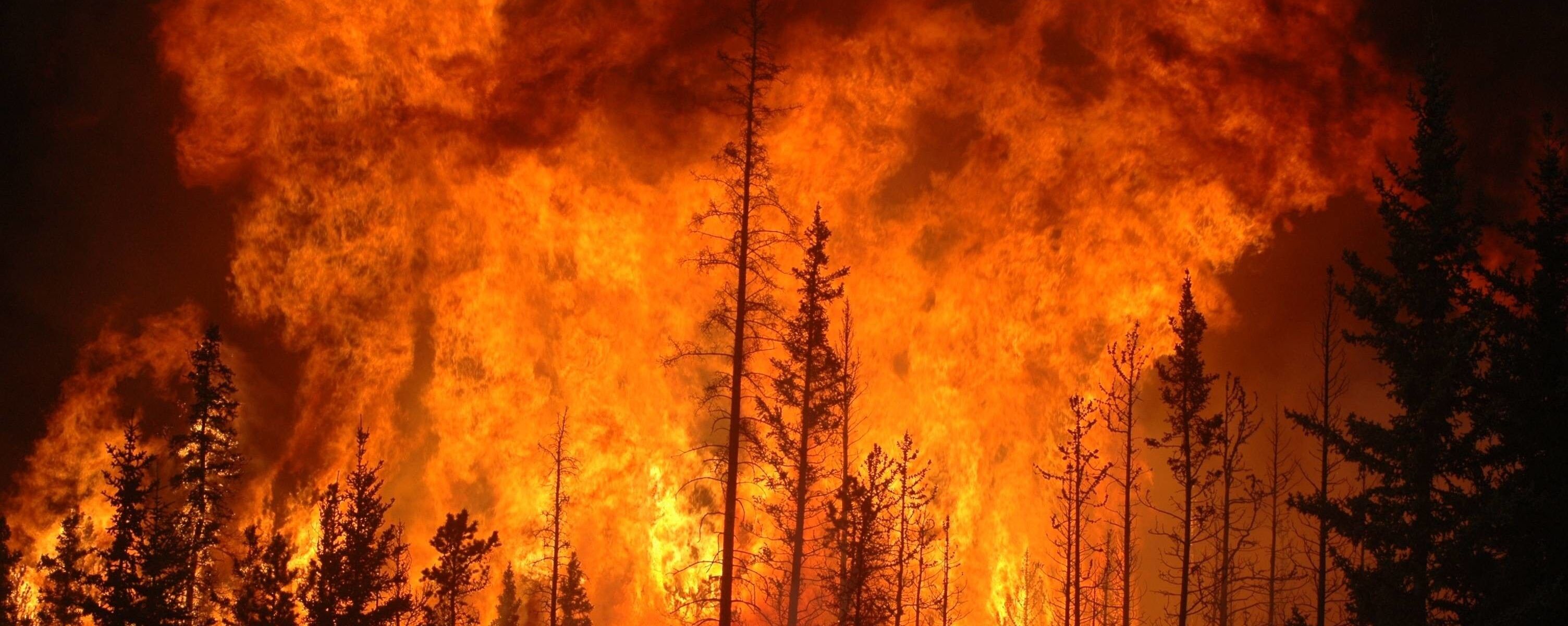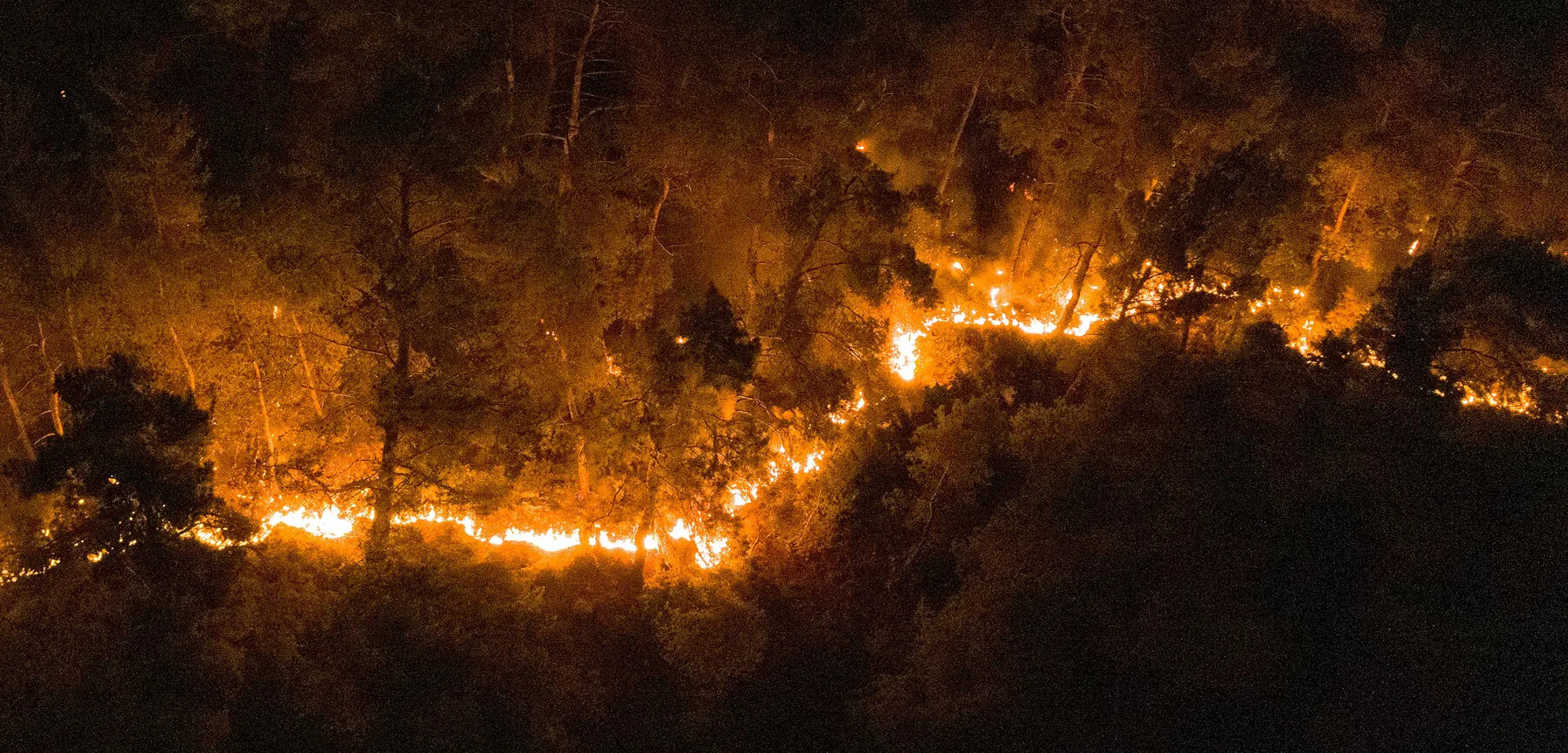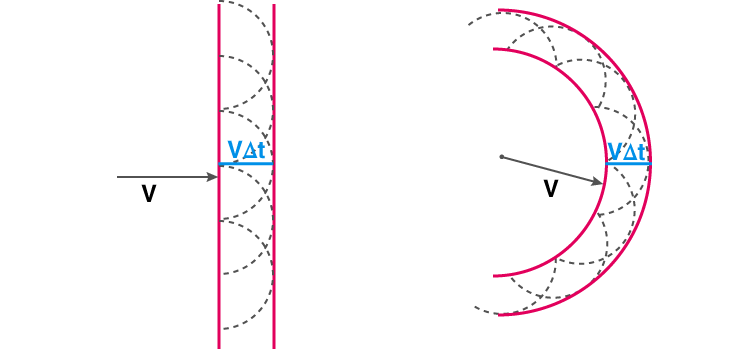Solution
Wildfires exhibit several major behaviors, or concurrent vectors of spread, which are handled seperately by wildfire models and rely on distinct but related sets of data. Therefore, comprehensive wildfire simulation suites often integrate several sub-models. Our model of choice FARSITE, was published by scientists in association with the United States Forestry Service in 1998 and is an integration of several older models of surface and canopy spread, as well as fire acceleration and spotting. FARSITE is considered a scientific and industry standard in wildfire modeling, and has driven simulation software suites for over two decades.

Surface spread is fire propagation that occurs through ground fuels. These ground fuels include low brush, fallen trees, and grasses. FARSITE, and thus WRiFT, models surface spread via the Rothermel Model. This model was developed in the early 1970s by US Forestry Service scientist Richard Rothermel, and was iterated upon in 1976 by fellow USFS scientist Frank Albini. WRiFT utilizes "static fuel model" Rothermel Spread, which forgoes simulation of the effects of fire on fuel moisture in exchange for efficiency and seamless performance.

Canopy spread is fire propagation that occurs through the combustion of tree crowns which overlie surface fuels in forested areas. Canopy fire often outpaces ground fire in areas of thick woodland, driven by greater access to oxygen. FARSITE, and thus WRiFT, utilized a model of canopy fire based on work published by C.E. Van Wagner in the 1997 Canadian Journal of Forest Research. Canopy fires are the most intense type of wildfire, the most likely to spot, and often the most difficult to contain.

Fire acceleration models are used to computationally express the intuitive reality that as a fire gains energy, it gains a sense of momentum, and thus spreads more quickly. Formally, fire acceleration is defined as the rate of increase in spread rate of a fire with respect to time. Computed under the assumption that all other conditions remain constant, acceleration forms an important component of wildfire models. FARSITE, and thus WRiFT, utilizes the fire acceleration model proposed by the Forestry Canada Fire Danger Group in 1992.
Fire Spotting refers new points of ignition ahead of the fire front, created by embers lofted on updrafts and carried by wind. Spotting can advance fire over barriers many kilometers away from the current fire perimeter and dramatically alter fire growth patterns and behavior. FARSITE, and thus WRiFT, utilizes Frank Albini's 1979 publication on Maximum Spotting Distance from Torching Trees.

Aerial photos make clear the wave-like nature of wildfire propogation, a process characterized by a raging fire-front leaving charred and smoldering wilderness in its wake. This wave-like behavior allows us to model the growth of fire using a wealth of physical and mathematical theory. Wave propogation theory allows us to to approximate the complex phenomenon of a fire-front with remarkable realism and precision.

WRiFT utilizes the Huygens Principle , also known as the Huygens-Fresnel Principle, provides a method of analysis applied to wave propogation across many sub-fields of physics. The principle states that every point on a wave-front is itself the source of eliptical wavelets. These eliptical wavelets mutually interfere with one-another, and their post-interference sum gives the next wave-front. This method is naturally suited to iteration, with a discrete timestep seperating each render of the wave-front from the prior eliptical propagation step.

WRiFT, optimized for web performance, approximates the elipses of FARSITE with iscosceles triangles. We further utilize what we came to know as "intracellular automata", a technique whereby each thirty meter cell of the LANDFIRE Dataset driving our simulation is imagined to act as as a collection of subcells, the granularity of which is inversely proportion to the spread-rate of fire in the global cell. Each global cell is granted its own timestep, which are modulated to enforce an maximal intracellular granularity. The code driving these simulation techniques is publically available in our Github Repository.
WRiFT is an evolving project. Several aspects of our model require refinement, and yet other aspects of fire behavior are absent from our approximations. WRiFT is currently not equiped with a substantive fuel moisture model. Fuel moisture models are highly complex, and often deeply interconnected with fire behavior models. Though a rigorous framework and data pipeline is in place to enable a moisture model implementation, one has yet to be constructed.